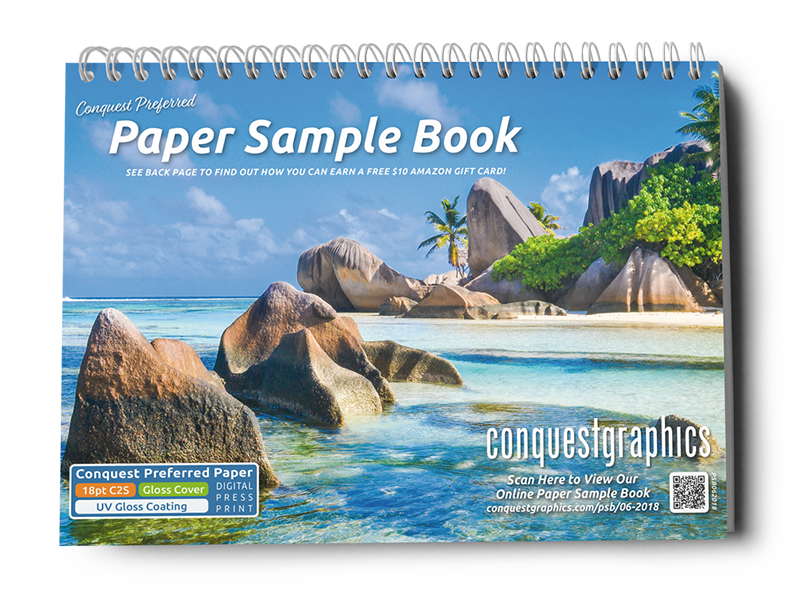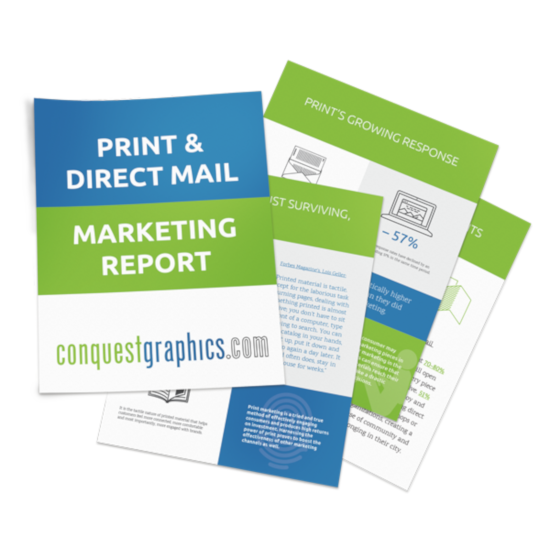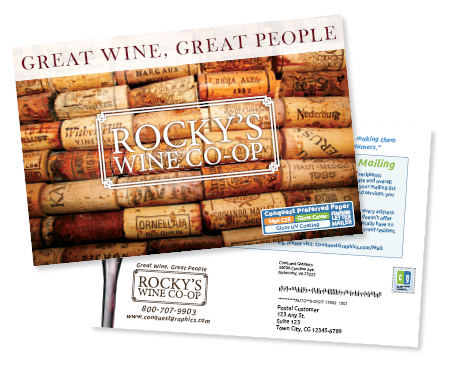 Catalogs may be one of the most critical pieces of your marketing campaign, displaying products to both customers and prospects.
Catalogs may be one of the most critical pieces of your marketing campaign, displaying products to both customers and prospects.
The Data and Marketing Association's recent survey showed that 42% of consumers read catalogs that they receive in the mail.
Selecting Options for Catalog Printing
Since your catalog is often the first impression of your products, making the right printing choices is vital. When deciding the best options for your catalog printing, you will need to choose the following:
Choose Your Paper Stock
One of the first steps and options you will need to decide on when preparing your catalog printing project is which type of stock will best display your company products.
Choose a stock that will make your photos stand out. If you have heavy ink coverage and want a stock to allow rich or bright colors to pop, a glossy finish may be your best choice. For photos that have softer or more muted tones, or if you prefer a more satin finish, choosing a velvet stock is a wise decision.
You will not only need to choose the finish of your stock but also your weight. For catalogs with fewer pages, you want to create a thicker feel when customers turn the pages. Here, a heavier weight such as 100# works well. If you have a catalog with many pages, 70 or 80# text weight will still give you the thickness you need while making sure your catalog lays flat.
Decide the Best Size for Your Catalog

Next, you will need to decide the best size for your catalog.
If you have a smaller number of products in your catalog or products that do not require large photographs to show all of the features properly, you can save some money by choosing a smaller size such as 5 1/2" x 8 1/2" or 6" x 9".
If your products have more detail or provide more of an impact when shown larger, choosing a larger size such as 8 1/2" x 11" or 9" x 12" will be the better option.
When determining the size of your catalog, take into account how your catalog will be distributed. If you plan to mail your catalog, you will need to consider how the size can affect mailing costs including postage before making your final decision.
Consider Coating Options
While providing a catalog is an effective way to physically put your products directly in front of your customer, getting your catalog to stand out among competitors is essential. Buyers may receive multiple catalogs on a daily basis.
One of the easiest ways to get your catalog to pop and help your product photos standout is by opting for coating on your catalog pages. Choosing either gloss, matte, or satin aqueous coating can enhance your pages with a unique finish that your customers can see and feel.
 Examples of matte (pictured left) and gloss (pictured right) coated printed materials.
Examples of matte (pictured left) and gloss (pictured right) coated printed materials.
Not only will coating enhance the look of your catalog pages, but it will also make them more durable. A coating can help prevent smudging and abrasions, especially on heavy ink coverage. Since catalogs often endure a significant amount of handling, adding coating can keep your pages looking great even after your customer has flipped through the catalog several times.
Pick the Perfect Binding
The final step in your catalog printing process is binding.
Saddle-stitching is an ideal binding option for catalogs because it’s user-friendly and cost-effective. This form of binding involves stitching your catalog in the middle allowing readers to open the catalog and lay it flat while reading. Saddle-stitching can be done in line with folding and will go through a trimming process to give you a smooth edge, even with thick catalogs.
It is important to note that when designing your catalog for saddle-stitching your layout will consist of 4-page signatures. Creating your catalog in these increments will allow you maximum use of the space and prevent the need to add blank pages.
 Choose Digital or Offset Printing
Choose Digital or Offset Printing
Deciding whether you want your catalog printed digitally or on an offset press will largely be determined by time constraints as well as whether or not you have additional quality needs such as difficult color matches.
If you are looking to produce a smaller run of catalogs or will need catalogs printed in a short time frame, digital printing will be your best choice.
For companies that may have brand standards for colors, or require precise color matches for things such as wood finishes, fabric swatches, etc. an offset print job will provide you with better control over color specifications. When choosing offset printing, the higher the quantity you run, the lower your price per catalog will be, so it is recommended to run higher volumes.
Catalog Printing Design
Current trends show a return to catalogs as an essential and measurable part of any marketing strategy. In fact, recent studies indicate that 59% of multichannel marketers have increased their catalog circulation from previous years, proving that catalogs are back in a big way.
To make your catalog an effective part of your next campaign follow these catalog printing tips and your customers will be guided into making their next purchase.
How to Choose the Best Options for Catalog Printing
It doesn't matter what kind of advertising campaign you’re running; developing a method that tracks how customers interact with your business will help you understand your return on investment and allow you to spend your marketing dollars in the most effective way possible. If you're not tracking successes and failures in some way, you’re likely over investing in one area and under investing in another.
By Conquest Graphics









